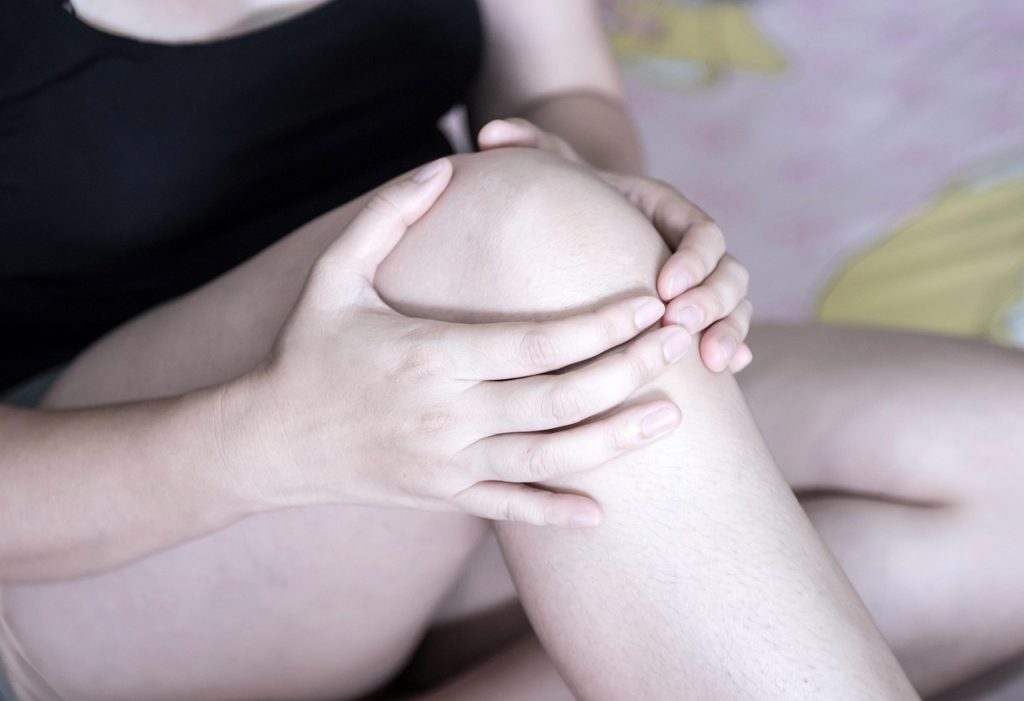
Understanding Lymphoedema – Causes, Symptoms and Evidence-Based Treatment
An in-depth educational guide on lymphoedema, including causes, symptoms, diagnosis, and evidence-based treatment options such as compression therapy and Manual Lymphatic Drainage. Learn how Fluoroscopy-Guided MLD has informed modern practice, and explore trusted UK resources for support and information.
Lymphoedema is a long-term condition that causes persistent swelling in the body’s tissues due to a build-up of lymphatic fluid.
It most commonly affects the arms or legs but can also involve the chest, trunk, or face. While the condition is more widely recognised today,
lymphoedema remains underdiagnosed and often misunderstood, particularly in its early stages.
The condition develops when the lymphatic system is unable to function properly. This vital system maintains fluid balance and supports the immune system by transporting lymph – a clear fluid containing white blood cells – throughout the body. When lymph vessels are damaged, underdeveloped or blocked, lymph fluid builds up in the tissues, causing swelling, skin changes, and in some cases, recurrent infections.
Types of Lymphoedema
Lymphoedema is generally classified into two types:
– Primary lymphoedema is caused by a genetic or developmental abnormality in the lymphatic system. It can be present from birth or develop later in life.
– Secondary lymphoedema is more common and results from damage to the lymphatic system. This may occur following surgery, radiotherapy, cancer treatment, infection, trauma, or due to chronic venous insufficiency.
Recognising the Symptoms
Lymphoedema can begin gradually and may not be immediately recognised. Early signs to be aware of include:
– A feeling of heaviness, tightness or aching in the affected area
– Swelling in the limbs, hands, feet, chest or trunk
– Skin that feels tight or stretched
– Clothing or jewellery that feels tighter than usual
– Reduced flexibility or restricted movement
Without treatment, swelling may become more pronounced and persistent, with the potential for skin thickening (fibrosis) and increased risk of infections such as cellulitis.
Diagnosis and Assessment
Early diagnosis is important. Assessment usually involves a clinical history and physical examination. Specialists may take limb measurements, assess skin condition, and sometimes use tools like bioimpedance spectroscopy to evaluate fluid build-up. Imaging, such as lymphoscintigraphy, is reserved for more complex cases and is not commonly needed in routine diagnosis.
Evidence-Based Treatment and Management
Although lymphoedema cannot be cured, it can be effectively managed. A structured, personalised treatment approach is essential and typically includes the four components of Combined Decongestive Therapy (CDT):
1. Compression Therapy
Specialist compression garments or bandaging are used to apply gentle pressure and help move fluid away from swollen areas.
2. Manual Lymphatic Drainage (MLD)
MLD is a gentle, therapeutic massage technique designed to stimulate lymph flow. Modern MLD techniques are based on research from Professor Jean Paul Belgrado at the University of Brussels Fluoroscopy-Guided Manual Lymphatic Drainage (FG-MLD), developed through many years of imaging studies that have shown lymph does not always flow through the body in predictable patterns.
This research has greatly improved our understanding of lymphatic drainage pathways. While imaging is not used during treatment, FG-MLD principles now inform how trained therapists apply MLD – adapting hand movements and drainage direction based on this deeper understanding.
For more details please visit the Perfectly Holistic MLD Treatments page
3. Skin Care
Skin should be kept clean, well-moisturised, and protected from cuts or infections. This reduces the risk of complications such as cellulitis.
4. Exercise and Movement
Low-impact activities such as walking, swimming, or gentle stretching encourage lymph flow and improve mobility. Deep breathing also supports the movement of lymph through the chest and trunk.
Living with Lymphoedema
Lymphoedema is a lifelong condition, but with the right approach, many people live well with it. Early recognition, a personalised management plan, and ongoing education can help minimise progression and maintain quality of life.
Routine self-care and regular monitoring are important for preventing flare-ups. Knowing how the lymphatic system works – and how to support it – is a valuable step in taking control of the condition.
It is important to remember that if you notice a sudden build up of fluid and swelling , which is oedema and there are no underlying causes for this do contact your GP for a diagnosis and if there is swelling after any surgery regarding cancer do contact your consultant for advice as early detection helps long term management of lymphoedema

